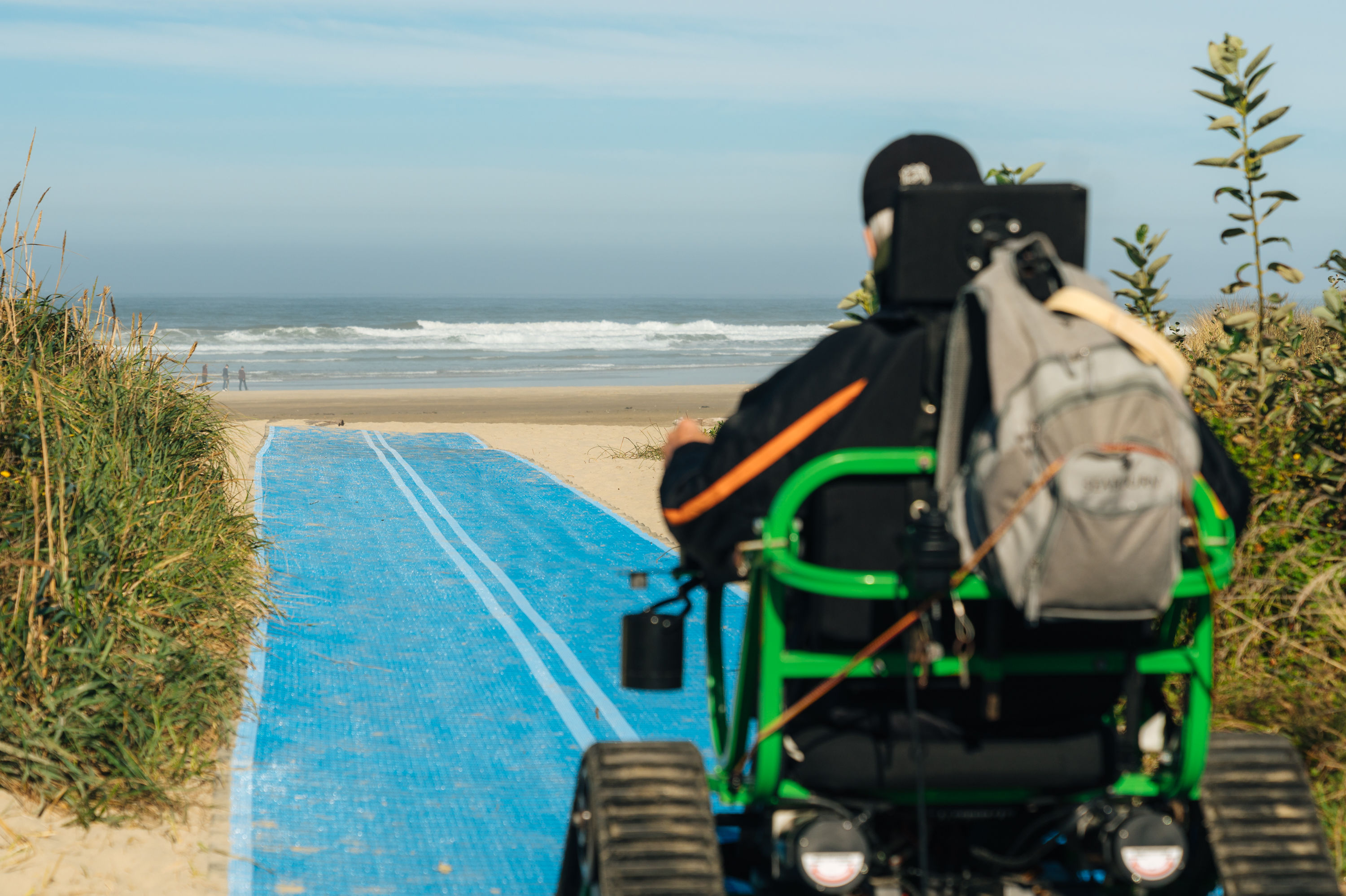The Great Tsunami of 1964
On the evening of March 27, 1964, the most destructive tsunami to hit the United States was brewing off the Alaskan Coast. To set the waves in motion, the largest earthquake in US history (Magnitude 9.2) rocked the Prince William Sound just outside Anchorage. The unusual severity of the quake would later attract three earthquake experts from Japan for a three-month full-scale study.
The waves tore down the west coast, from British Columbia to California. The disaster killed more than 100 people in Alaska, eleven people in Crescent City, California, and four children in Oregon. It caused $27 million in damage. As far away as Hawaii, a twelve-foot surge crashed over the beach.
When the first wave reached Oregon, small coastal towns were unprepared.
Clatsop County Sheriff Carl Bondietti had heard two false evacuation alarms in the previous two months. When sirens wailed once more around 11:30 p.m. on the night of the tsunami, he didn’t think much of it. Just to be safe, he drove to Cannon Beach. That’s when he found out he had fifteen minutes to clear the town.
Just before midnight, a ten-foot wave smashed into the Oregon coast. A second wave inundated a family camping in a driftwood shelter on Beverly Beach, tossing the mother onto the sand, pinning the father against a cliff, and washing their four children out to sea. Water swamped houses, tore down bridges, and surged over sea walls.
“There was no adequate warning from anyone,” Bondietti told the Oregonian. By the time he reached the fire station, “all hell broke loose.”
Before Fire Chief Del McCoy could sound the alarm, the tsunami knocked out power lines. A wall of water battered houses with logs, and washed a duplex and other debris into the wooden pylons of Elk Creek Bridge. Five feet of water rushed into the Bell Harbor Motel, as residents trekked to higher ground. No one in Cannon Beach was killed, but some were left stranded by the downed bridge.
As the community began to rebuild, families gathered for a sandcastle contest to boost morale, reassure children, and attract visitors back to the beach. The next year, the town hosted the first Cannon Beach Sandcastle Day & Festival. The Oregon Heritage Commission just named the event one of ten Oregon Heritage Traditions that have shaped the history of the state.





